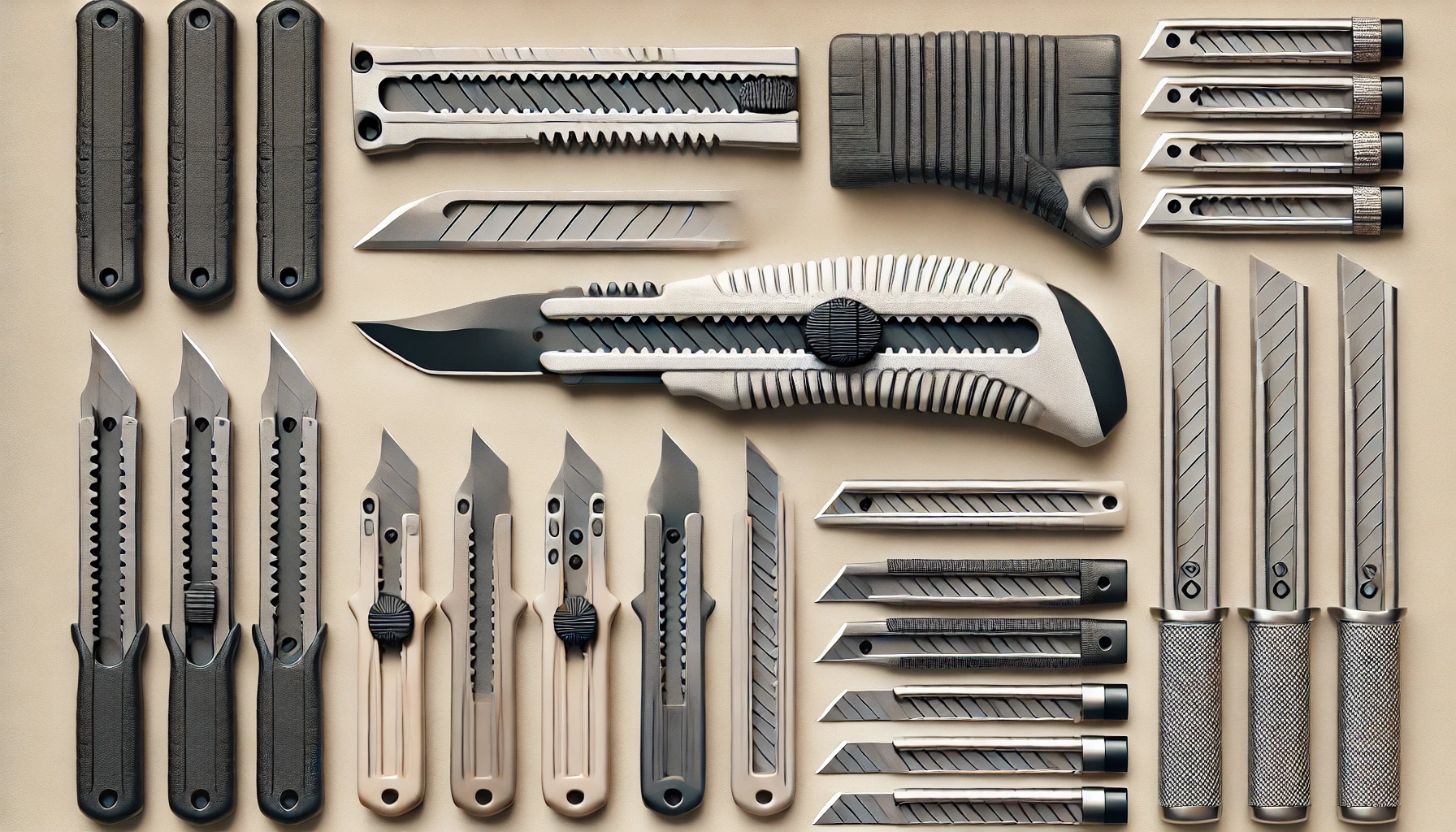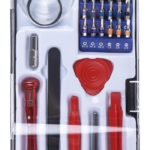
Introduction
Knives are indispensable cutting tools in various industries and everyday life. However, not all knives are created equal, posing significant risks of injury. Among the most commonly used types are safety and utility knives, which both come with unique features tailored to specific tasks. Understanding the differences between these two types of knives can help you choose the right tool for your needs, ensuring both efficiency and safety. This article compares the intricacies of both types, exploring their designs, uses, and benefits.
What Are Safety Knives? Exploring Their Common Types
Safety knives are specialised cutting tools specifically designed to minimise the risk of injuries during cutting tasks. They are equipped with features that ensure the user’s safety, such as blade guards (locks) and automatic blade retraction mechanisms. These knives are commonly used in industries where cutting materials like cardboard, plastic strapping, or shrink wrap is a daily task. They come in various types from leading brands, including a Stanley safety knife, Martor safety knife, and Klever safety knife, among others. Some popular types include:
- Retractable Safety Knives: Retractable safety knives have blades that automatically retract after each cut when pressure is released, minimising accidental cuts when the knife is not in use.
- Auto-Retractable Safety Knives: These knives take safety a step further with a spring-loaded mechanism that retracts the blade automatically when the cutting pressure is released.
- Concealed Blade Safety Knives: These knives feature a design that hides the blade within the knife body, limiting direct blade exposure and reducing the likelihood of accidental cuts.
Special Features, Safety Benefits, and Applications
Safety knives are designed with user protection in mind. Their ergonomic handles add a comfortable grip, reducing hand fatigue during extended use. Blade guards and blade replacement systems are key features that enhance safety and convenience, allowing users to change blades without touching them.
The primary benefit of using a safety knife is its ability to prevent accidents. Their design reduces the risk of accidental cuts, making them an essential tool in environments where safety is a priority. Additionally, the ergonomic features and ease of use contribute to increased efficiency in tasks.
They are staple components in various industries. In the industrial sector, they are indispensable for cutting packaging materials. In the food industry, these knives are used for tasks such as opening boxes or bags without damaging the housed contents. Additionally, they are also common in warehouses, where workers use them to cut shrink wrap and strapping.
What Are Utility Knives? Unveiling Their Popular Types
Utility knives, also called box cutters, are versatile and the most common type of knives, designed to cut various materials across various industries. They typically feature a straight-edge blade that can cut through multiple materials, from paper and cardboard to carpet and drywall. The design of a utility knife makes it suitable for precise cutting tasks. Some common types of utility knives include:
- Fixed Blade Utility Knives: These knives have a permanently extended blade, providing stability and strength for heavy-duty tasks.
- Retractable Blade Utility Knives: These knives feature a retractable blade mechanism, offering safety and versatility. They allow users to adjust the blade length as needed.
- Folding Utility Knives: A folding utility knife is a compact and portable knife that features a folding design that protects the blade and the user when not in use.
An Insight Into Distinct Features, Potential Benefits, and Application Areas of Utility Knives
Utility knives are characterised by their durable construction and variety of blade options. Many models offer interchangeable blades, allowing users to switch between different types for specific tasks. The handles of a box cutter knife are often designed for comfort and control, which is crucial for precision work.
The versatility of utility knives is their significant advantage. They can be used for an array of cutting tasks, making them a must-have tool in many toolboxes. Their design also allows precision cutting, which is ideal for detailed work.
In the construction industry, utility knives are essential for cutting materials like drywall, insulation, and flooring. DIY enthusiasts and crafters also use these knives for a myriad of projects, from crafting to home repairs.
Comparison Analysis of Safety and Utility Knives
Both safety and utility knives serve essential purposes; however, they differ due to their inherent features. Let’s compare by analysing their different characteristics.
Safety Differences: The most prominent difference between safety and utility knives lies in their safety features. A safety knife’s auto blade retraction, blade guards, and ergonomic design distinguish them from utility knives, which remain exposed until manually retracted. Additionally, utility knives lack safety features, except in some models.
Performance Comparison: While safety is paramount, performance is also crucial. Utility knives offer robust precision due to their longer, more exposed blades compared to safety knives.
Cost Analysis: Utility knives are often more cost-effective, especially for businesses that require frequent and varied cutting tasks. They can be more expensive due to their specialised safety features and mechanisms.
Making the Decision: Safety or Utility Knives
Choosing between a safety knife and a utility knife largely depends on your specific needs. Safety knives prioritise user safety, making them ideal for environments where accident prevention is critical, such as warehouses or manufacturing plants. Utility knives, on the other hand, are designed for versatility and precision, suitable for a multitude of generalized or heavy-duty cutting tasks.
Final Thoughts
Utility and safety knives have been a staple in workplaces and homes for varied purposes. The choice between a specific tool ultimately depends on the users’ particular needs, the nature of the work, and the work environment. While utility knives offer versatility, safety knives prioritise injury prevention. By carefully considering the factors outlined above, users can select tools that best suit their requirements and enhance safety.





















